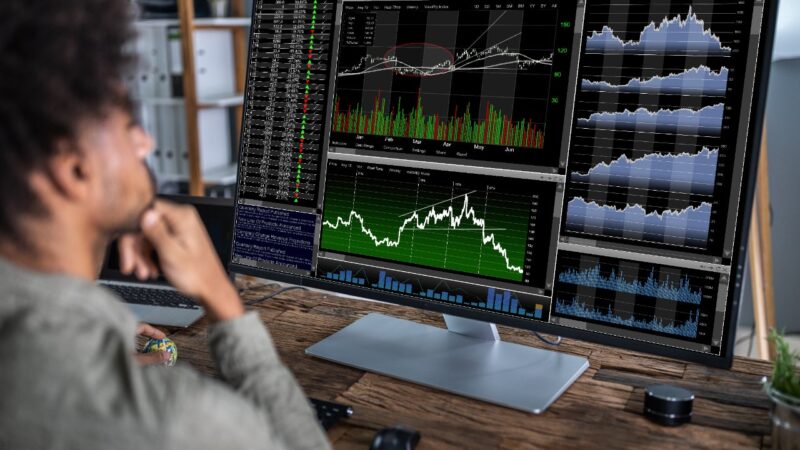In the fast-paced world of trading, the emergence of automated trading platforms has revolutionized how strategies are implemented, making them more accessible and efficient. However, simply deploying a trading bot isn’t enough to guarantee success; the real power lies in the seamless integration of your bot with these platforms.
This article will guide you through the nuanced process of syncing your trading algorithms with popular automated trading systems, unleashing a realm of possibilities. From the intricacies of API connections to the subtle art of algorithm optimization, we’ll explore the essential steps that can elevate your trading game.
Whether you’re a seasoned trader looking to refine your approach or a newcomer eager to dive into the realm of automation, understanding how to effectively merge your bots with established platforms is key. Let’s unravel the complexities and make the most out of your trading strategies!
Selecting the Right Trading Platform

Choosing the right trading platform is paramount for anyone looking to seamlessly integrate trading bots into their strategies. With a myriad of options available, each boasting unique features, it can feel overwhelming.
Auto trading software plays a crucial role in this process, helping to automate and optimize your trading activities. Start by evaluating the specific needs of your trading style: Are you a day trader seeking real-time data and advanced charting tools, or a long-term investor needing robust analytics? Look for platforms that offer user-friendly interfaces but also support custom configurations.
Security is non-negotiable; ensure your platform employs top-notch encryption and regulatory compliance. Additionally, consider the availability of APIs that your trading bot can leverage for smooth execution of trades.
Finally, read reviews and seek out community feedback to gauge reliability and customer support—after all, you\’ll want a platform that stands firmly behind its users when the time comes to trade.
Preparing Your Trading Bot for Integration

Before diving into the intricate process of integration, it’s essential to meticulously prepare your trading bot. Start by ensuring that your bot is not only equipped with robust algorithms but also capable of handling real-time market data efficiently.
Assess its performance metrics rigorously; you want to identify any blind spots or efficiency bottlenecks that could hinder its effectiveness on a larger platform. Dont overlook the importance of backtesting—simulate various market conditions to observe how your bot reacts.
Additionally, familiarize yourself with the APIs and technical specifications of the automated trading platforms you’re targeting; each platform will have its own set of rules and integration requirements. Finally, consider adding functionalities that enhance adaptability, enabling your bot to evolve over time in response to market changes.
This preparatory phase lays the groundwork for a seamless integration that could dramatically enhance your trading experience.
Step-by-Step Integration Process

Integrating your trading bots with popular automated trading platforms involves a series of carefully executed steps that can dramatically enhance your trading experience. First, begin by selecting the trading platform that best suits your strategy, such as MetaTrader or TradingView, as each offers unique features tailored to different trading styles. Once chosen, familiarize yourself with the platform’s API documentation, which will serve as your blueprint for integration.
Following this, you’ll need to ensure that your trading bot is configured correctly to communicate seamlessly with the platform—this typically involves setting up webhooks or API keys. Afterward, conduct a series of tests in a demo environment to identify any potential issues without risking real capital.
Once confident, proceed to connect your bot to a live account, closely monitoring its performance during the initial trading sessions. Lastly, maintain flexibility by regularly updating and tweaking your integration based on results and changes in market conditions.
This iterative process not only fosters a robust trading setup but also builds resilience against the ever-shifting landscape of financial markets.
Conclusion
In conclusion, successfully integrating your trading bots with popular automated trading platforms is a crucial step towards enhancing your trading efficiency and maximizing your profit potential. By understanding the specific requirements of each platform, leveraging auto trading software, and ensuring seamless connectivity and functionality, you can create a robust trading ecosystem tailored to your needs.
As technology continues to evolve, staying updated on both bot development and platform capabilities will empower you to navigate the trading landscape with confidence and precision. Embrace the power of automation, and watch your trading endeavors reach new heights.


